Picture this: you wake up on a beautiful summer morning, coffee in hand, ready to admire the roses you’ve been nurturing all season. Instead, you find skeletal remains where lush leaves once flourished. The culprit? A metallic green invader no bigger than your thumbnail, munching away with the audacity of a creature that owns the place. Welcome to the reality of Japanese beetle season in the Midwest, where these seemingly innocent insects have turned into one of the most devastating garden pests America has ever seen.
The Uninvited Guest That Never Left

Japanese beetles arrived in America by complete accident back in 1916, hitching a ride in a shipment of iris bulbs to New Jersey. These bronze and green destroyers weren’t supposed to survive here, but they found something better than their homeland – a buffet with no natural predators and perfect weather conditions. Think of it like dropping a pack of wolves into a field of sheep with no shepherds around. Within decades, they had spread across the eastern United States, and the Midwest became their promised land. Today, they cause over $460 million in damage annually to crops, gardens, and golf courses across America.
Why the Midwest Became Beetle Paradise

The Midwest offers Japanese beetles everything they could dream of: rich soil, abundant rainfall, and temperatures that make their life cycle absolutely perfect. These beetles thrive in areas with warm, humid summers and cold winters – exactly what states like Illinois, Ohio, and Indiana provide. The region’s clay and loam soils retain just the right amount of moisture for their underground larvae, called grubs, to develop into plant-destroying adults. It’s like the Midwest rolled out a red carpet and handed them a welcome basket filled with everything they needed to multiply rapidly.
The Secret Life of a Garden Destroyer

Most gardeners only see the adult beetles during their six to eight weeks of summer terror, but their destructive journey actually begins underground. Japanese beetle grubs spend ten months of the year as white, C-shaped larvae living in your lawn, quietly munching on grass roots and preparing for their grand debut. When soil temperatures hit 60 degrees Fahrenheit in late spring, they emerge as fully formed adults ready to mate and feast. These adults live fast and die young, but not before each female lays 40 to 60 eggs in the soil, ensuring next year’s invasion will be even worse.
Your Rose Garden’s Worst Nightmare

Japanese beetles have an absolutely insatiable appetite for roses, and they can strip a rose bush bare in just a few days. They don’t just nibble politely around the edges – they devour entire leaves, leaving behind only the skeletal veins that look like delicate lace patterns. The damage goes beyond aesthetics; when beetles destroy the leaves, they rob the plant of its ability to photosynthesize and create energy. A single rose bush can host dozens of beetles at once, and they seem to invite their friends to join the party through chemical signals called pheromones.
The 300-Plant Buffet List

What makes Japanese beetles so terrifying isn’t just their appetite – it’s their complete lack of pickiness when it comes to food. These insects will happily munch on over 300 different plant species, from your prized fruit trees to your vegetable garden and ornamental flowers. They love grape vines, apple trees, cherry trees, corn silk, and soybeans, making them both a homeowner’s and farmer’s nightmare. Unlike specialized insects that stick to one type of plant, Japanese beetles are like uninvited dinner guests who eat everything in your refrigerator and then ask what’s for dessert.
The Science Behind Their Feeding Frenzy

Japanese beetles feed in a way that maximizes damage and minimizes their energy expenditure. They start at the top of plants and work their way down, eating the tissue between leaf veins in a pattern called skeletonization. This feeding behavior is particularly devastating because it destroys the plant’s ability to perform photosynthesis while leaving the structural support intact – essentially turning healthy leaves into useless decorations. The beetles also release pheromones while feeding, which attracts more beetles to the same plant, creating a feeding frenzy that can overwhelm even the healthiest specimens.
Weather Patterns That Spell Disaster

Certain weather conditions create perfect storms for Japanese beetle populations, and climate change is making these conditions more common in the Midwest. Warm, wet springs followed by hot, humid summers create ideal breeding conditions, while mild winters allow more grubs to survive underground. Drought conditions can actually concentrate beetles on irrigated plants, making garden damage more severe. When the weather cooperates with their life cycle, Japanese beetle populations can explode, turning what might have been a manageable problem into a full-scale garden apocalypse.
The Underground Army You Can’t See
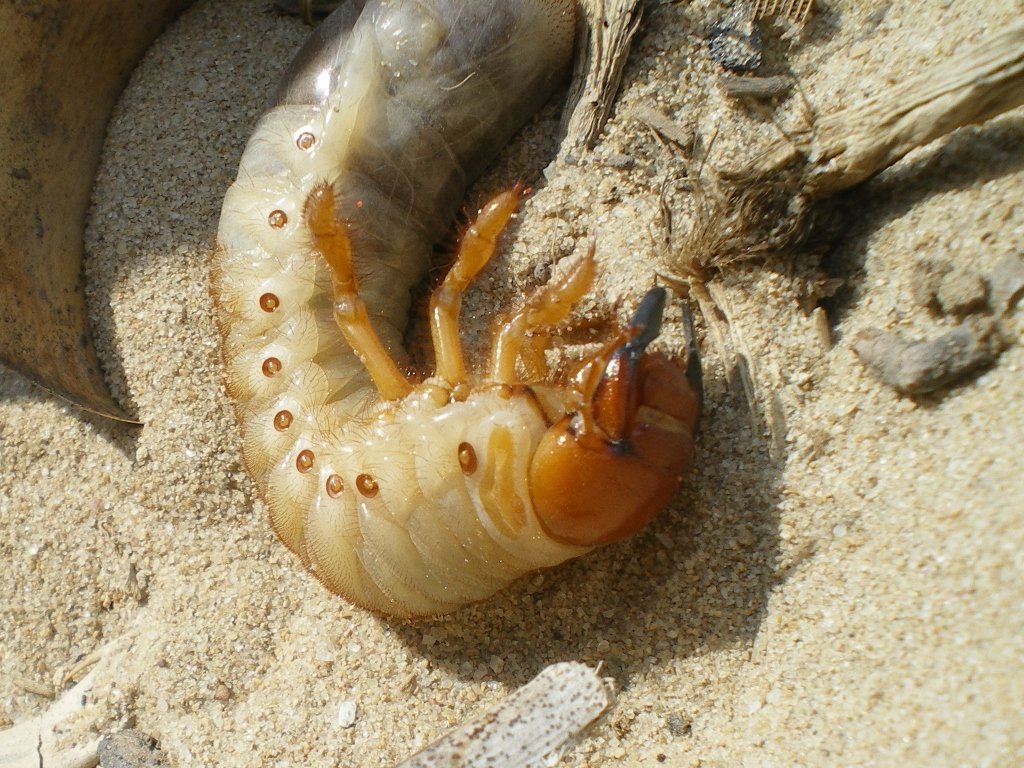
While adult beetles grab all the attention with their visible plant destruction, the real threat lies beneath your feet in the form of white grubs. These C-shaped larvae spend months feeding on grass roots, weakening your lawn and creating brown patches that look like drought damage. A healthy lawn can typically handle five grubs per square foot, but infested areas often contain 15 to 20 grubs in the same space. The damage they cause underground sets the stage for the adult beetles’ surface assault, creating a two-pronged attack on your landscape that most homeowners never see coming.
Chemical Warfare in Your Backyard
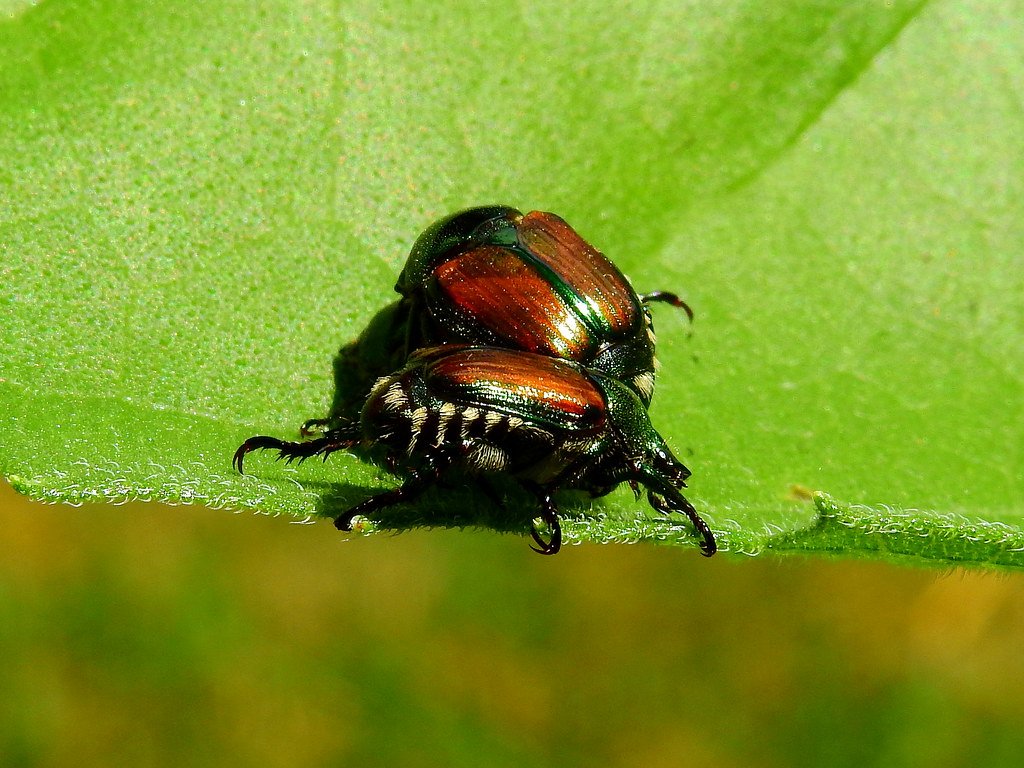
Japanese beetles communicate through a sophisticated chemical language that turns your garden into a beacon for destruction. Female beetles release sex pheromones that can attract males from up to half a mile away, while feeding beetles release aggregation pheromones that basically send out dinner invitations to the entire neighborhood. This chemical communication system explains why you might find dozens of beetles on one plant while nearby similar plants remain untouched. It’s like they’re running their own version of social media, posting reviews of the best restaurants in your yard.
The Billion-Dollar Agricultural Impact

Beyond backyard gardens, Japanese beetles pose a serious threat to Midwest agriculture, particularly corn and soybean crops that form the backbone of the region’s economy. Adult beetles can completely destroy corn silk, preventing proper kernel development and reducing yields by up to 50 percent in heavily infested fields. Soybean plants suffer defoliation that weakens the entire plant and reduces pod development. Farmers in heavily infested areas often face difficult decisions about whether to apply expensive treatments or accept significant crop losses, with some operations reporting damage costs in the tens of thousands of dollars annually.
Why Beetle Traps Make Everything Worse
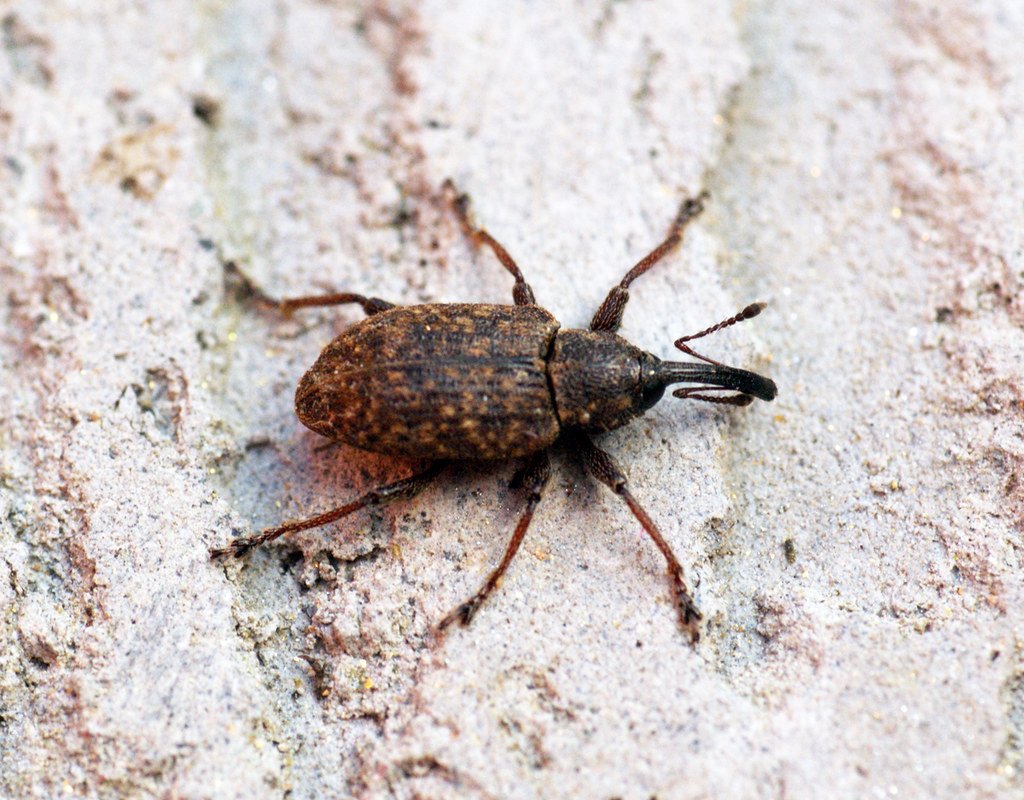
Those yellow and green beetle traps sold at garden centers might seem like the perfect solution, but they often create more problems than they solve. These traps use the same pheromones that beetles naturally produce to communicate, which means they’re essentially sending out invitations to every Japanese beetle in the neighborhood to come visit your yard. While the traps do catch some beetles, they typically attract far more than they capture, leading to increased damage on nearby plants. It’s like putting up a billboard advertising free food and then wondering why more hungry people show up at your door.
Natural Predators That Disappeared
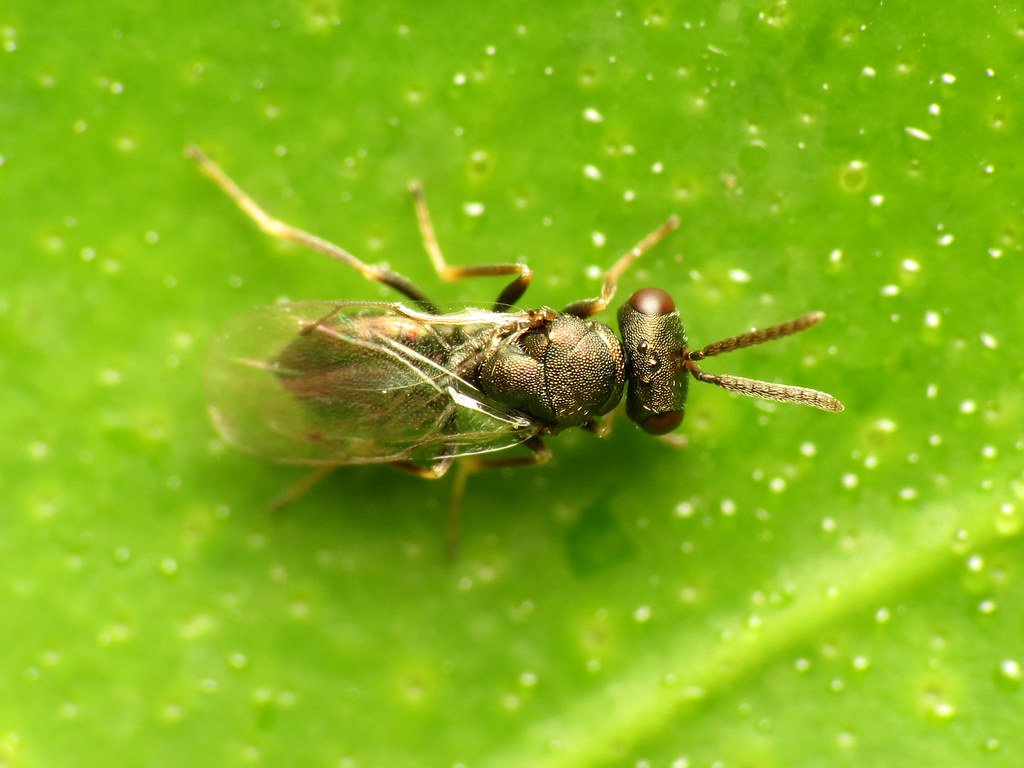
In their native Japan, Japanese beetles face a host of natural enemies that keep their populations in check, including specific parasitic wasps, fungal diseases, and bacterial infections that have evolved alongside them for thousands of years. When these beetles arrived in America, they left all their natural enemies behind, creating an ecological imbalance that persists today. Scientists have introduced some biological control agents over the decades, including milky spore disease and certain parasitic wasps, but these haven’t established well enough to provide consistent control across the Midwest’s diverse ecosystems.
The Timing Game That Gardeners Must Master

Successfully managing Japanese beetles requires understanding their precise timing, which varies slightly across the Midwest but follows predictable patterns. Adult emergence typically begins in late June and peaks in mid-July, with activity lasting through early August. The key to minimizing damage lies in monitoring soil temperatures and weather patterns to predict emergence times in your specific area. Effective management strategies must be implemented before peak emergence, as trying to control established populations during their feeding frenzy is like trying to stop a freight train with a feather.
Organic Solutions That Actually Work
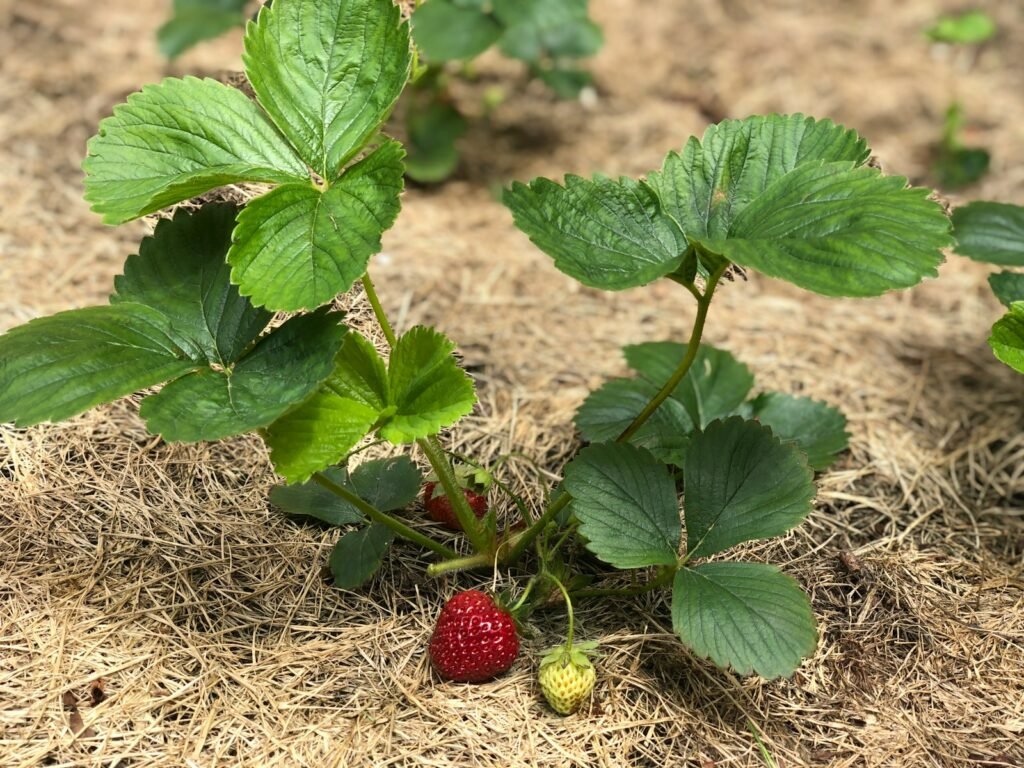
Despite their reputation as unstoppable destroyers, Japanese beetles can be managed using organic methods that work with natural systems rather than against them. Beneficial nematodes applied to soil in late spring can significantly reduce grub populations before they emerge as adults. Row covers during peak beetle season protect vulnerable plants without chemicals, while companion planting with species beetles avoid, like rue and tansy, can provide natural deterrence. Hand-picking beetles into soapy water during early morning hours, when they’re sluggish from cool temperatures, remains one of the most effective control methods for small gardens.
The Plant Species That Fight Back

Not all plants surrender helplessly to Japanese beetle attacks – some species have evolved natural defenses that make them unappealing or even toxic to these pests. Marigolds, catnip, and garlic contain compounds that naturally repel beetles, while plants like boxwood and yew are rarely touched due to their bitter taste and toxic properties. Smart gardeners can use this knowledge to create defensive plant arrangements, surrounding vulnerable species with beetle-resistant varieties to create natural barriers. This approach works particularly well for protecting roses and other beetle favorites without resorting to chemical treatments.
Technology Meets Ancient Pest Problems

Modern technology is providing new weapons in the fight against Japanese beetles, from smartphone apps that track emergence patterns to precision application systems that target treatments more effectively. Weather-based prediction models help gardeners and farmers anticipate peak emergence times with unprecedented accuracy, allowing for better timing of control measures. Pheromone monitoring systems provide early warning of beetle activity, while GPS-guided application equipment ensures treatments reach the right places at the right times. These technological advances are leveling the playing field in a battle that beetles have dominated for over a century.
Climate Change and Future Invasions
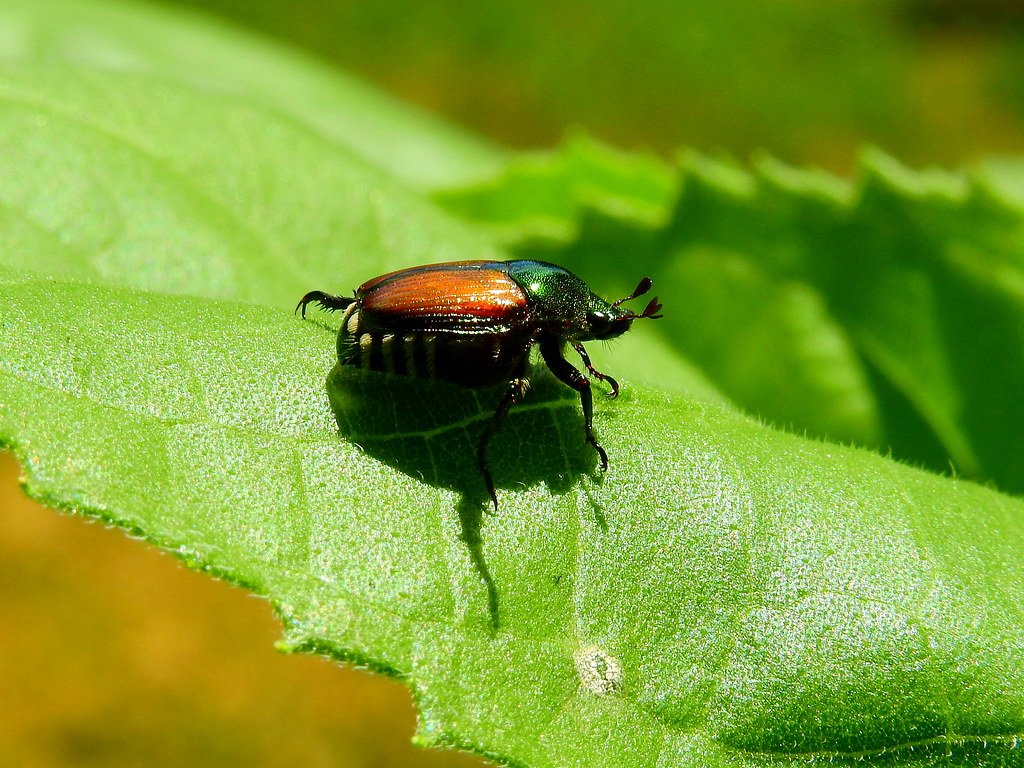
Rising temperatures and changing precipitation patterns associated with climate change are likely to expand Japanese beetle territory and extend their active season. Warmer winters allow more grubs to survive, while longer growing seasons provide more opportunities for reproduction and feeding. Scientists predict that beetle populations will continue expanding northward and westward, potentially reaching areas previously protected by harsh winter conditions. This expansion threatens not only home gardens but also agricultural systems and natural ecosystems that have never experienced Japanese beetle pressure.
The Economic Ripple Effects

The Japanese beetle invasion creates economic impacts that extend far beyond direct plant damage, affecting everything from property values to tourism in heavily infested areas. Homeowners spend millions annually on control products and replacement plants, while golf courses face significant costs maintaining playable conditions despite grub damage to turf. The nursery industry must adjust planting schedules and species selections to account for beetle pressure, while agricultural losses affect food prices and farm profitability. Even the pest control industry has reorganized around Japanese beetle management, creating jobs while simultaneously draining economic resources that could be used more productively elsewhere.
Building Beetle-Resistant Landscapes

Creating gardens that can withstand Japanese beetle attacks requires strategic planning that goes beyond simply choosing resistant plants. Diverse plantings reduce the impact of any single pest, while proper plant spacing and soil management create conditions that favor beneficial insects over harmful ones. Water management becomes crucial during beetle season, as stressed plants suffer more damage while well-maintained landscapes recover more quickly from attacks. The most successful beetle-resistant gardens combine multiple strategies: resistant plant varieties, beneficial habitat creation, proper timing of vulnerable plantings, and integration of natural control methods that work together as a comprehensive system.
The metallic shimmer of a Japanese beetle might catch your eye on a summer afternoon, but don’t let their beauty fool you – these insects represent one of the most significant threats to Midwest gardens and agriculture. From their accidental introduction over a century ago to their current status as unstoppable plant destroyers, Japanese beetles have fundamentally changed how we garden and farm across vast portions of America. Their complex life cycle, diverse appetite, and chemical communication systems make them formidable opponents that require sophisticated management strategies combining traditional knowledge with modern technology. The economic and ecological impacts extend far beyond individual gardens, affecting entire agricultural systems and natural ecosystems in ways we’re still discovering. As climate change continues to favor their expansion, the battle against Japanese beetles will likely intensify, making it more important than ever for gardeners to understand their enemy and develop comprehensive defense strategies. What surprises you more – that such a small insect can cause such massive damage, or that we’re still losing the war against an invader that arrived by accident over 100 years ago?




